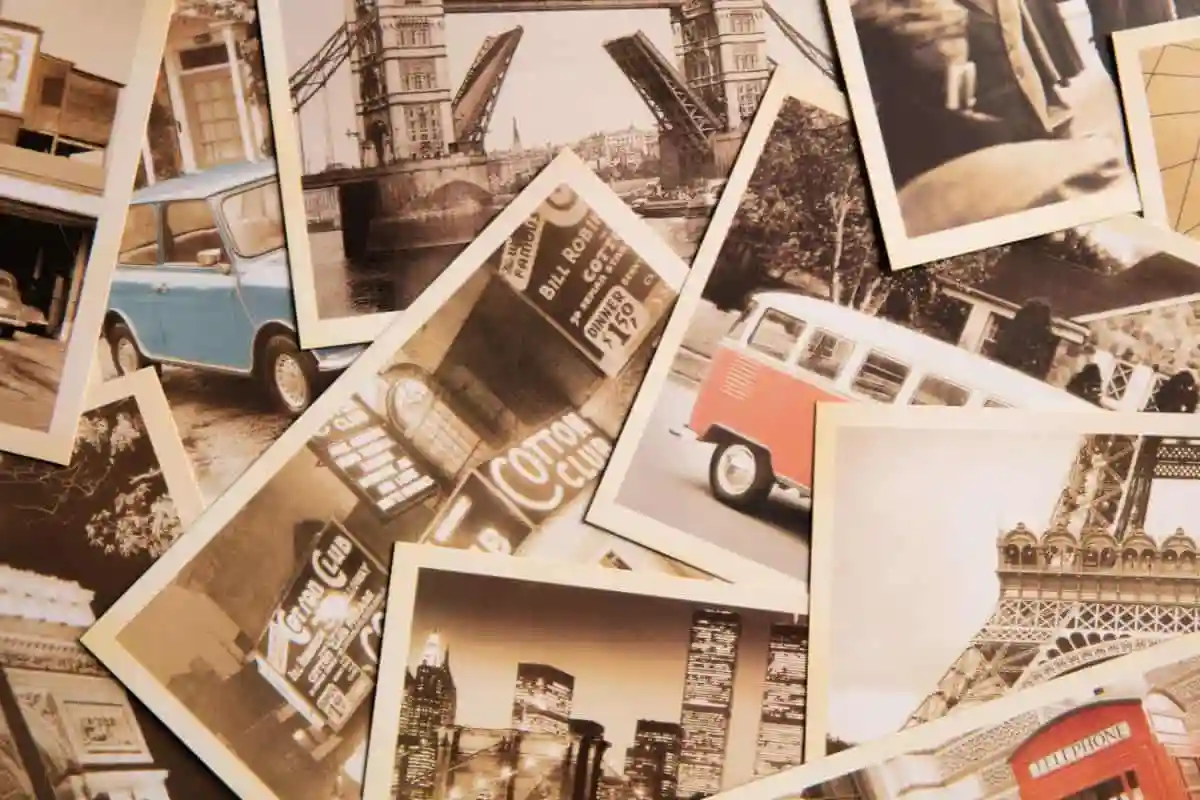What is the brown pigment in vintage photos? you’re embarking on a fascinating journey into the world of photographic chemistry and historical imaging techniques. The distinctive brown tone that characterizes vintage photographs is more than just a nostalgic aesthetic—it’s a remarkable result of complex photographic processes and chemical interactions. When you look at an old photograph with its warm, sepia-like appearance, you’re witnessing a visual phenomenon that tells a story beyond the image itself.
The Science of Sepia: Understanding the Brown Pigment
What is the Brown Pigment in Vintage Photos?
To directly address the question What is the brown pigment in vintage photos?, we must delve into the science of sepia toning. This technique involves converting the silver particles in a black and white photograph into silver sulfide, which produces a distinctive reddish-brown color. The brown pigment is not a simple paint or dye, but the result of a sophisticated chemical transformation.
Key Components Explaining What is the Brown Pigment in Vintage Photos
- Silver Compounds: The primary source of the brown coloration
- Sulfur-based Chemicals: Critical in creating the sepia tone
- Photographic Emulsion: The underlying substrate that enables the color change
Historical Context of Sepia Toning
Before diving into the technical details, it’s important to understand the historical context. Sepia toning emerged in the late 19th century as photographers sought ways to:
- Enhance the longevity of photographic prints
- Create a more aesthetically pleasing visual tone
- Protect photographs from potential degradation
Chemical Transformation: How Silver Becomes Brown
The Sepia Toning Process
When investigating what is the brown pigment in vintage photos, the transformation involves several critical steps:
- Initial Bleaching: The photograph is first bleached, which removes the original silver image
- Sulfur Introduction: A sulfide-based chemical bath converts the remaining silver to silver sulfide
- Color Development: The silver sulfide produces the characteristic warm brown tone
Chemical Reaction Breakdown
- Silver (Ag) + Sulfur (S) → Silver Sulfide (Ag2S)
- This compound creates the rich, warm brown pigment that defines vintage photographs
Factors Influencing the Brown Pigment’s Appearance
Chemical Variations
Not all sepia tones are identical. The specific shade of brown can vary based on:
- Concentration of sulfur compounds
- Type of photographic paper used
- Processing techniques
- Age of the photograph
Environmental Influences
External factors can also impact the brown pigment’s appearance:
- Humidity levels
- Exposure to light
- Storage conditions
- Quality of original photographic materials
Beyond Aesthetics: Preservation and Scientific Significance
Photographic Conservation
The brown pigment isn’t just visually interesting—it plays a crucial role in photograph preservation:
- More stable than traditional silver-based images
- Resistant to environmental degradation
- Provides enhanced archival qualities
Research and Forensic Applications
Modern scientists and historians use the characteristics of the brown pigment to:
- Date and authenticate vintage photographs
- Study photographic preservation techniques
- Understand historical photographic processes
Modern Interpretations and Digital Emulation
Digital Photography and Sepia Tones
While traditional sepia toning was a chemical process, modern digital technologies have made it possible to:
- Recreate sepia tones through digital filters
- Simulate the vintage look with precise color manipulation
- Preserve the aesthetic without complex chemical processes
Conclusion
The brown pigment in vintage photos is far more than a simple color—it’s a testament to the remarkable intersection of art, chemistry, and technology. From the sulfur-based transformations to the careful preservation techniques, this pigment represents a pivotal moment in the evolution of photographic art.





